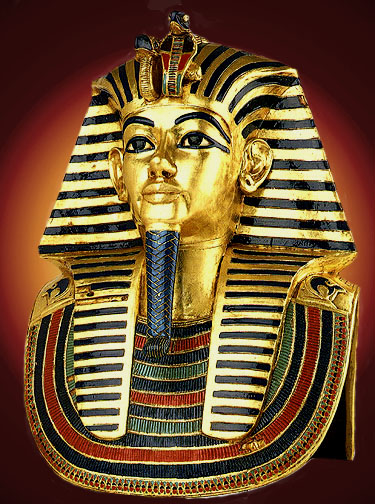Sweaty visitors spoiling King Tut’s tomb in Egypt
 London, December 7 : Reports indicate that Egyptian King Tutankhamun’s underground tomb, in Egypt’s Valley of the Kings, is suffering from the wear and tear caused by tens of thousands of sweaty visitors who each year make a pilgrimage to the region.
London, December 7 : Reports indicate that Egyptian King Tutankhamun’s underground tomb, in Egypt’s Valley of the Kings, is suffering from the wear and tear caused by tens of thousands of sweaty visitors who each year make a pilgrimage to the region.
According to a report in The Independent, the visitors have begun to threaten the very monument they come to admire.
Strange brown spots, apparently mould, have appeared on the walls of Tutankhamun’s burial chamber.
Its elaborate murals, which tell the story of his journey into the after-life, are now covered in dust and have begun to peel in places.
The king’s wooden coffin is losing flakes of gilded paint and may also be in the early stages of decay.
Now, in an effort to stop the rot, Egypt’s Supreme Council of Antiquities has called in the experts.
For the next five years, a team of scientists and Egyptologists from the Getty Research Institute in California will intensively study, then attempt to preserve this great archaeological wonder of the world.
The project will, for the first time, map every inch of his burial chamber, establishing every substance that went into the paints and mortars with which it was constructed and decorated, and shedding precious light on the construction techniques used by the ancient civilisation that built it.
“King Tut’s tomb has very specific problems,” said the team’s director, Jeanne Marie Teutonico.
“One is flaking (of paint), in a lot of places. The other is the brown spots on the walls. They’ve been there since Carter excavated, but some people think they’re growing. And no one knows what they really are. Could they be fungus? Bacteria? Are they still alive? Can they cause harm? We need to find out,” Teutonico added.
“The amount of visitors affects humidity inside,” said Shin Maekawa, one of the research team, who is mulling over pages of data from within the tomb.
“It’s a small space, maybe 100 metres square, and each person in it will emit roughly 100ml of water vapour in an hour and produce the same amount of heat as a 100-watt bulb,” he added.
According to Maekawa, “We’ve been monitoring humidity levels inside, and they can range from 20 to 70 per cent. In the past it got up to 90. At higher levels, we get seriously worried about fungi activity.”
“There’s also a problem with dust; you can’t vacuum the tomb, because it would damage it, so it has never been properly cleaned. But dust comes in through visitors’ skin, hair and lint, so we need to work out what to do about it all,” he added. (ANI)